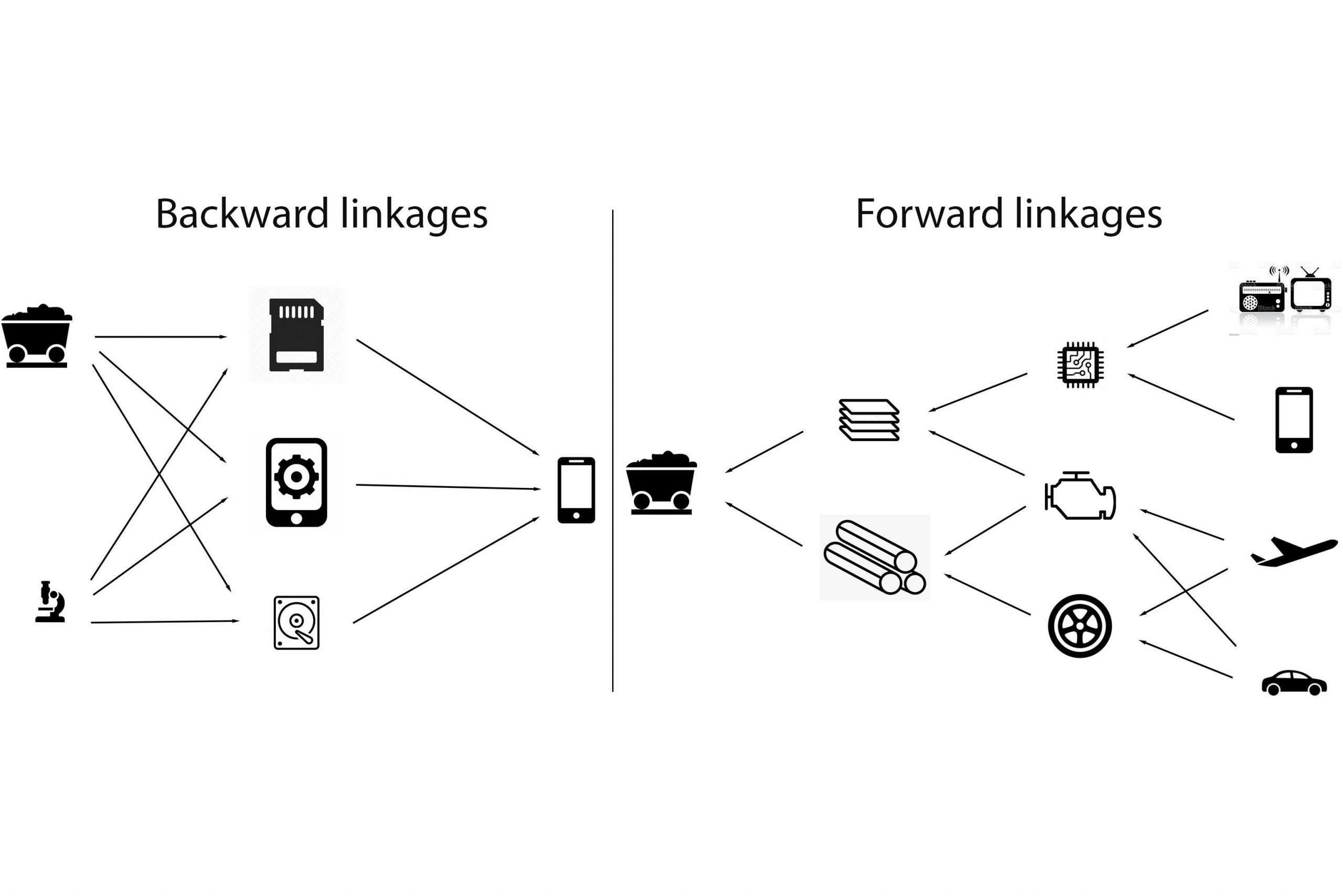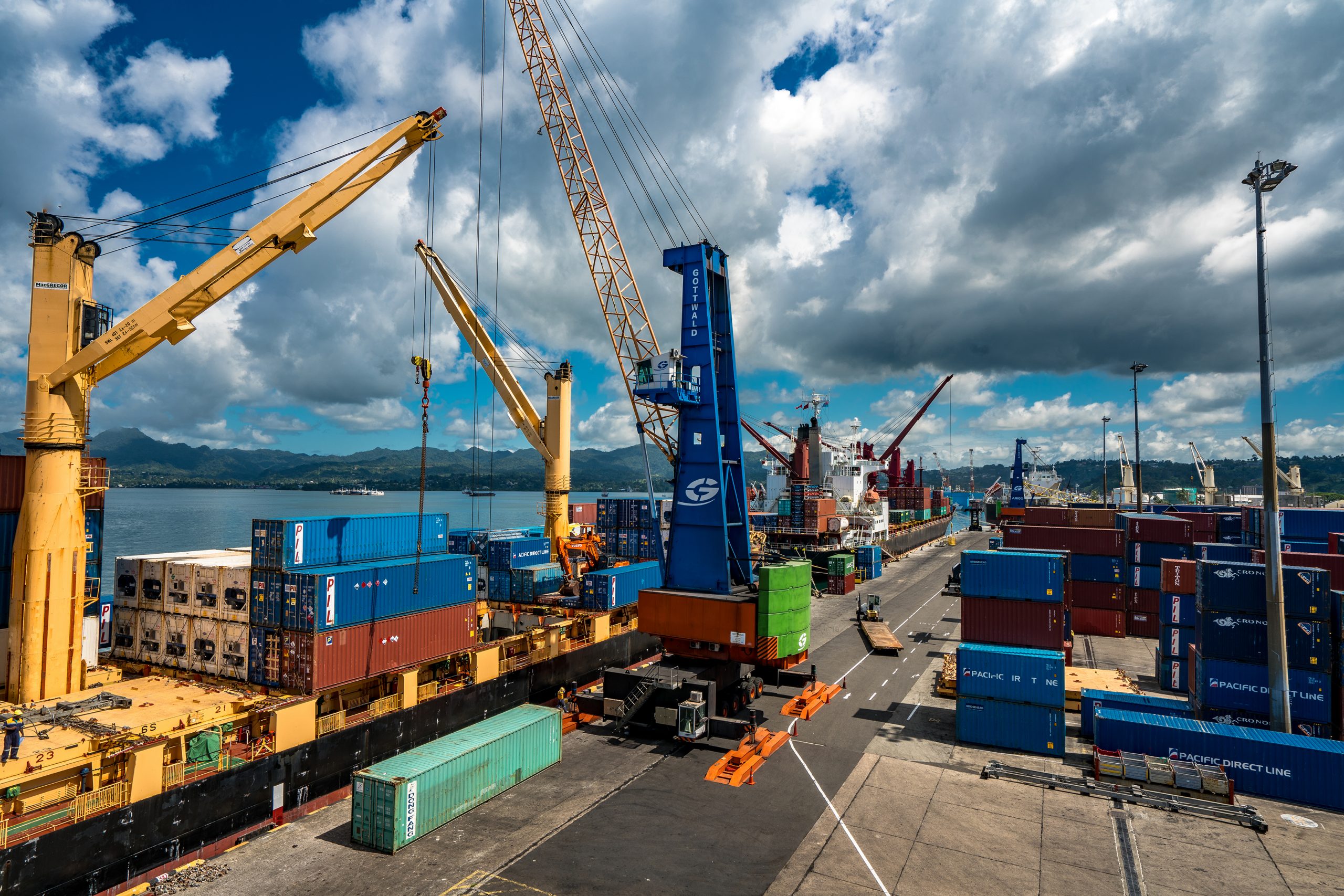Global Value Chains: Introduction
-
Global Value ChainsThe production of a single commodity or service can be split into many small parts (this is referred to as fragmentation). When these small parts are performed by separate production locations and/or firms, the production process takes the form of a value chain, with many parties contributing value. When this chain is dispersed over various geographical locations, we speak of a global value chain (GVCs).(GVCs) break up the production process into different stages of production undertaken across borders.
- GVCs are often considered as an easier route to development. The argument is that economies can identify a niche within a particular GVC rather than having to master all the capabilities to contribute to all stages of the production process.
- The extent to which GVCs can serve this development role depends upon firms’ positioning within different GVCs, as some activities within the chain capture less of the value-added of the chain than others.
- The extent to which economies are integrated into regional vs. global value chains can also impact the development outcomes and responsiveness to shocks.

GVC Positioning
- GVC positioning concerns which economies/sectors contribute to a value chain
(Backward linkages)Many different sectors in different economies contribute value to a single GVC. Backward linkages are the contributions that the value chain of a specific sector in a specific economy receives from other sectors (both domestic and foreign). Example: the German transport sector value chain uses inputs from the Chinese steel industry and the Dutch electronic chips industry.and to which value chains an economy/sector contributes(Forward linkages)Many different sectors in different economies contribute value to a single GVC. Forward linkages are the contributions of a specific sector in a specific economy to other value chains (both domestic and foreign). Example: the Australian mining sector contributes (through many indirect linkages) to output of the German transport sector and the Vietnamese construction industry value chains..
- The position within GVCs determines where an economy creates value added, and hence it has important development implications.

Regional and Global Value Chain Integration
- Value chains are often organised along regional rather than global lines (e.g., Factory Asia, Factory Europe).
- Regional Value Chains have been found to be more resilient than Global Value Chains in the period after the 2008-09 Global Financial Crisis.
- The COVID-19 pandemic highlighted the challenges of distant supply chains in times of crisis.
